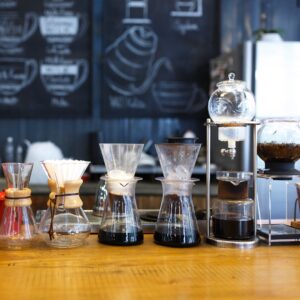
How to Brew Chemex Coffee
This Is how elemental coffee roasters makes coffee through Chemex, I’m Paul with elemental coffee, and today we’re going to be talking about how to
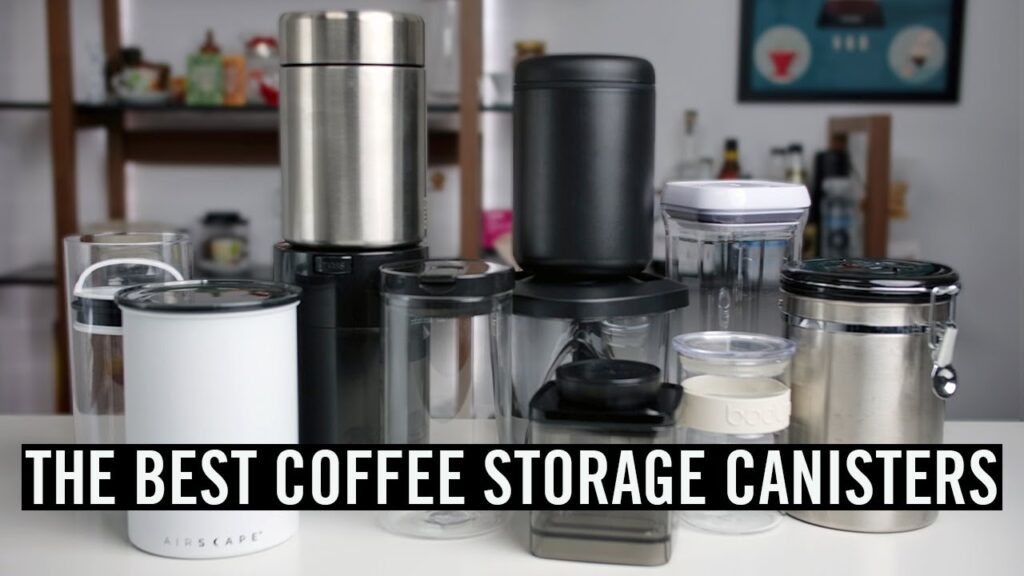
Learn 7 Tips About Proper Coffee Storage. Read more and learn our methods. Chances are good your coffee storage methods could be improved. Here are the fast facts on how to store coffee beans and ground coffee correctly for maximum freshness and flavor.
Coffee does best in a dry, airtight container. When choosing a container and location for your favorite blend, be sure to avoid air, moisture, heat, and light.
While convenience is key (who wants to go hunting for their coffee at 6 a.m.?), you’ll also want to be sure to store your coffee in a location that will keep it fresh and flavorful. With that in mind:
Once coffee’s original packaging is opened, coffee loses its freshness quickly. For that reason, you’ll want to put your coffee into the right container as soon as possible.
Coffee begins to lose its freshness as soon as it is done roasting, and is at its peak in the first few days after it is roasted. Ground coffee is best when consumed within one to two weeks of roasting. Whole beans are best within one month of roasting. Here are some tips for keeping your coffee at its tastiest:
Ground coffee has much more surface area than whole beans, so it goes bad much faster. If you have the time, energy, and equipment, it’s ideal to grind your own coffee beans each morning. If you’re not ready to take on that level of commitment, you can still have delicious fresh coffee if you use whole beans within a month of roasting and ground beans within two weeks of roasting.
For the ultimate in fresh, delicious coffee, you can buy, roast, and grind your own green coffee beans. Green coffee beans are available from many of the better coffee retailers out there. Green beans store much better and longer than roasted coffee beans. If green coffee beans are stored as outlined above, they can stay fresh for over a year!
With a little work, you can roast green coffee beans at home and then grind them as needed for the freshest coffee possible.
In the first few days after you roast your coffee, the beans will put off a lot of carbon dioxide. Store them in a valve-sealed bag (see below) or put them in an airtight container and open the container once a day for the first several days after roasting to release the built-up carbon dioxide.
If you’re a coffee connoisseur, probably don’t buy coffee at the grocery store. If you do, however, it’s important to choose valve-sealed rather than vacuum-sealed brands.
Vacuum-sealed coffee is allowed to age before it is sealed. (This is because coffee releases gas as it loses freshness, causing the packaging to expand and potentially even burst.) Valve-sealed coffee, by contrast, allows gasses to escape from the coffee packaging but doesn’t let any gasses in, so coffee can be packaged in it immediately after roasting.

This Is how elemental coffee roasters makes coffee through Chemex, I’m Paul with elemental coffee, and today we’re going to be talking about how to

Alright guys, let’s make some coffee today, I’m super excited because we have our good friend James Hoffman is an amazing coffee expert he’s going

It’S the gala Miranda show not really it’s scaling. Miranda from Seattle, coffee gear and we are Miranda, is compiling questions from our customers and

How many people does it take to make a cup of coffee? For many of us, all it takes is a short walk and a

As a barista, one of the most important things you can do is learn how to taste coffee. It’s like a barista superpower. Machines can
Jack can’t get a free coffee sample
More Tips and Tricks
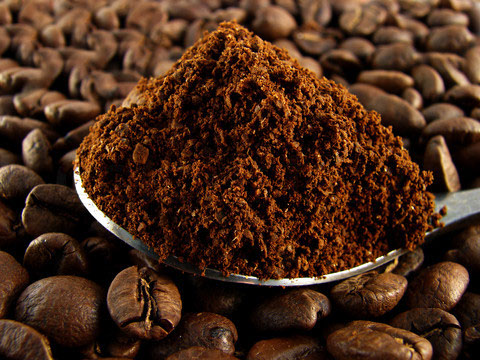
Hello, my name is Cal and on behalf of everyone on our team I would like to thank you for visiting us today. I bet you are here because you found us online or you got an email from our partners who care about your success. We are thrilled and excited to share our products and services with you. Please look around and take advantage of the special limited time discount we are currently running. This offer may expire at any time so take advantage of this great deal while you still can. See you on the other side – happy browsing!
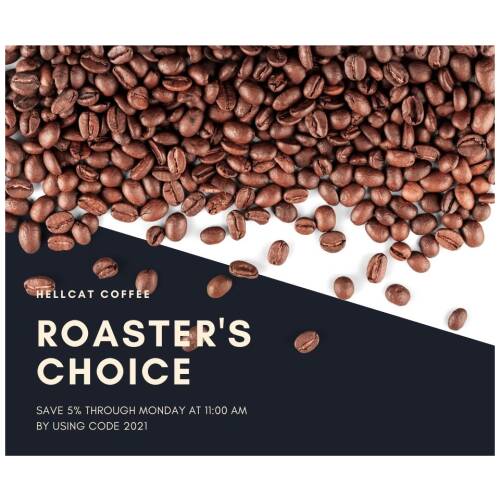
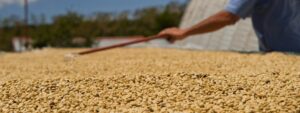
Learning about green coffee and

For certain people, expresso is
